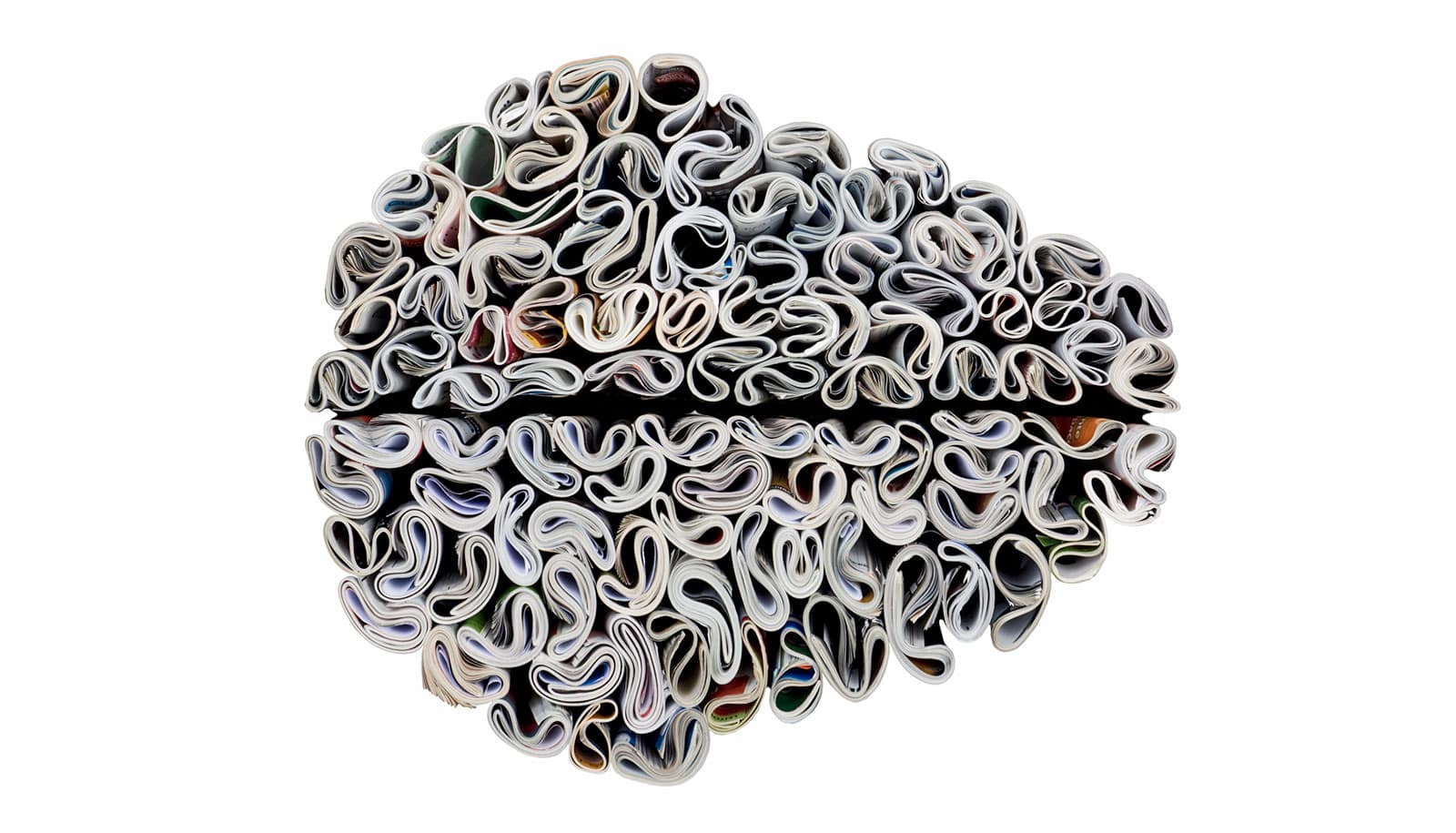Epidemics and pandemics can exacerbate xenophobia and bigotry, according to a new study.
When viruses, parasites, and other pathogens spread, humans and other animals tend to hunker down with immediate family and peer groups to avoid outsiders as much as possible.
But could these instincts, developed to protect us from illnesses, generalize into avoidance of healthy individuals who simply look, speak, or live differently?
One example in the new study showed that black garden ants exposed to a fungus clustered together in groups much smaller than researchers could predict by chance, which effectively limited the spread of disease. Similar behaviors seen among 19 non-human primate species were also credited for lowering direct spread of parasites.
Human beings share these same biological impulses to separate into modular social groups. However, when pathogens are spreading, humans tend to also adopt a set of behaviors that are “hypervigilant and particularly error prone,” the researchers write.
“It’s interesting and really disappointing,” says coauthor Jessica Stephenson, an assistant professor in the biological science department at the University of Pittsburgh. And as COVID-19 continues its spread, humans are even more susceptible to the impulse.
“During epidemics, humans tend to become overly sensitive, so any sort of physical abnormality that somebody has suddenly becomes a potential indicator of infection. We become much more bigoted, we pay way more attention to things that differentiate people from what we perceive as our own phenotype. People who look different from us and sound different from us, which, of course, leads to a lot more xenophobia,” says Stephenson, who runs Stephenson Lab of Disease Ecology and Evolutionary Parasitology at Pitt.
A prior Stephenson study in The Royal Society Biology Letters from November 2019 outlined how individuals differ in their response to potential contagion. In both humans and the guppies she studied, the individuals most susceptible to the disease showed the strongest avoidance.
During that study, male guppies were placed in a large tank, flanked by a smaller one containing a group of three female guppies that were visibly infected with parasites. Many males preferred to spend time near the female guppies, despite the risk of contagion. But some male guppies strongly avoided the other fish. The socially distant male guppies were later shown to be highly susceptible to worm infections.
Stephenson says human beings are generally “normal social animals in many of our behavioral responses to infectious diseases.” But, if humans choose social urges over infection control, efforts such as global disease surveillance and centralized public health responses could be wasted, she says.
“That the vast majority of our species has largely squandered the potential payoffs of these benefits is again consistent with other social animals: the cost of social distancing itself can outweigh the cost of contracting the disease,” Stephenson says.
But humans have a leg up on fish: access to information and means of virtual communication. Stephenson’s 2020 study noted that synchronous communication, virtual or not, can mitigate some of the effects of confinement. Computer-mediated discussions can also promote more equal participation from minority groups.
“For some, no amount of Zoom and FaceTime can make up for the lost benefits of social interactions. These frustrating, if wholly natural, behavioral decisions will result in the persistence of COVID-19 until the advent of perhaps our greatest advantage over other species facing emerging infectious diseases: vaccination.”
“We shouldn’t discriminate against different groups in our social distancing, or in our efforts to work together to beat the virus,” she adds. “But I think our natural, evolved tendencies would be to associate only within our ingroups. We have to fight that natural antipathy towards people who differ from ourselves, and not shut down.”
The research appears in the Proceedings of the Royal Society of London, Series B.
Source: University of Pittsburgh



